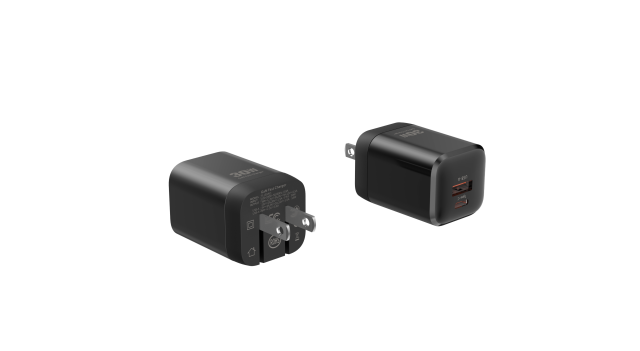What's Power Delivery?
Jul 13, 2023
Power Delivery (PD) is a fast-charging protocol and standard developed by the USB Implementers Forum (USB-IF) to enable high-speed charging and power delivery over USB connections. It is commonly associated with USB Type-C cables and connectors. The main purpose of Power Delivery is to provide a more efficient and versatile way of charging various devices, such as smartphones, tablets, laptops, and other compatible electronics.
Key features and benefits of Power Delivery include:
Increased Power Output: Power Delivery allows devices to negotiate for higher power levels, enabling faster charging compared to standard USB charging. It can deliver power up to 100 watts or more, depending on the supported power profiles.
Bi-Directional Power Delivery: Unlike conventional USB charging, Power Delivery supports bi-directional power delivery. This means that both the charger and the device can act as a power source or sink, allowing devices to charge one another.
Fast Charging: Power Delivery supports rapid charging for various devices, significantly reducing charging times compared to traditional USB charging methods.
Dynamic Power Allocation: With Power Delivery, the charger and the device can negotiate the optimal power level required for charging. This dynamic power allocation ensures that devices receive the right amount of power, preventing overcharging and optimizing efficiency.
Compatibility: Power Delivery is backward compatible with standard USB charging, which means you can still use regular USB cables and chargers with Power Delivery devices, though you won't benefit from the fast-charging capabilities.
Universal Standard: Power Delivery has become a widely adopted standard, making it easier for consumers to find compatible chargers and cables across various devices and manufacturers.
It's important to note that for devices to take advantage of Power Delivery's fast-charging capabilities, both the charger (power adapter) and the device being charged must support Power Delivery. Additionally, the charging cable used should also be a USB Type-C cable capable of handling the higher power levels of Power Delivery.

